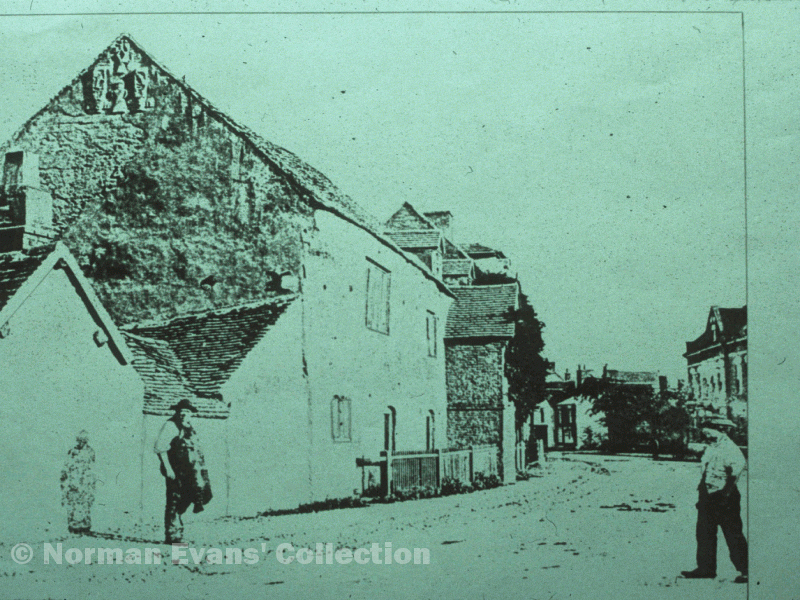“The Rectory of Sutton is worth a clear £400 per annum” - so wrote “Agricola” in “A History of Sutton Coldfield by an Impartial Hand” in 1762. This annual income came mostly from the tithes which the Rector was entitled to receive from everyone living in Sutton.
The Rector was entitled to one tenth of all the crops raised in Sutton each year, every seventh pig or lamb born, every tenth fleece shorn, and so on, including a tithe of bees, apples and eggs. He could claim some of the profits of mills and cottage industries, in addition to a scale of charges for his own duties - 6d for a burial, 4d for a christening, five shillings for a wedding. A record of the tithes in 1698 shows that every household had to pay a small levy to the church, including the 230 poor cottagers who each paid 2d - the total amount raised from this was £12. 7s. 11d.
Collecting all these various payments, some in cash and some in kind, was a complicated business - in the early days it may all have been delivered as produce to the Rector’s tithe barn, but over time different practices grew up. As the population of Sutton grew, so did the complexity of the tithe payments. In 1824 it was decided to replace the tithes by an annual payment based on the price of corn - to be known as the Corn Rent.
To do this an Act of Parliament was required, which was duly obtained. Every property in Sutton was surveyed and a value put on it in terms of the amount of corn it ought to pay to the Rector. The total corn rent payable on the basis of the price of corn that year was £1,587 5s 3½d - four times as much as the Rectory was said to be worth in 1762.
The 1824 Act of Parliament also provided for the enclosure of the commons of Sutton. As soon as anyone took possession of their newly-enclosed land, they would be required to pay tithes on it to the Rector, but the Act included a clause to avoid this - the Rector was allotted part of the commons to compensate him for not claiming tithes on the rest. The amount of land allotted to the Rector in compensation was over 500 acres, - all in all, a good result for the Rector!
